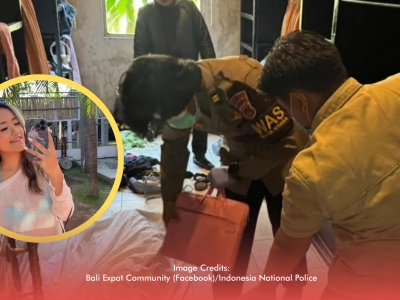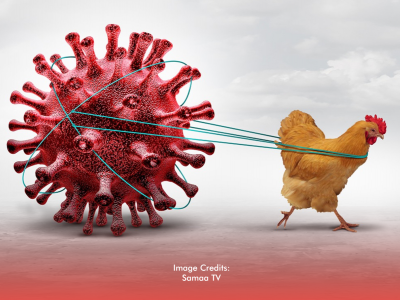Rabies is a viral infection usually transmitted through the bite or scratch of an infected animal, most often dogs. Once the virus enters the body, it travels to the brain and spinal cord, causing severe symptoms such as fever, headache, confusion, and anxiety. As the disease progresses, patients may experience difficulty swallowing, hydrophobia (fear of water), muscle spasms, hallucinations, and paralysis. Once symptoms appear, rabies is almost always fatal.
That’s why immediate action is critical:
- * Wash the wound with soap and running water for at least 15 minutes to flush out as much virus as possible.
- * Apply antiseptic like povidone-iodine if available.
- * Seek medical help immediately for post-exposure prophylaxis (PEP), which includes a series of anti-rabies vaccinations.
- * If the bite is severe or near the head/neck, a rabies immunoglobulin injection may also be required.
- * Do not delay treatment—even small scratches can transmit rabies.
- * Monitor the animal for at least 14 days if possible, and report the case to local authorities.
Sen. Mark Villar Calls for Swift Action
Senator Mark Villar is urging swift and comprehensive action to address the growing rabies problem in the Philippines, citing alarming reports of rising cases and fatalities.
Recent online reports highlighting a surge in rabies-related deaths have renewed focus on what Villar calls a “serious public health concern.”
“It is alarming how many die from rabies,” Villar said, stressing that prevention must address both human health and animal welfare. His proposals include vaccinating pets and stray animals through trap-vaccinate-release (TVR) programs, and establishing at least one public veterinary clinic in every city and municipality. These clinics would provide affordable veterinary services, routine vaccinations, and low-cost animal medications.
“With this bill, we want veterinary services for pets to be more affordable and convenient for our citizens,” Villar explained.
Community Steps to Prevent Rabies
Experts agree that the most effective way to prevent rabies is through mass vaccination of dogs and cats, along with controlling stray animal populations. Education is vital—children should be taught to avoid teasing or approaching unfamiliar animals.
Other preventive measures include:
- * Keeping pets indoors or supervised outdoors.
- * Spaying or neutering to control animal populations.
- * Participating in barangay vaccination drives.
- * Reporting stray or aggressive animals to local authorities.
With quick action, accessible veterinary services, and active community cooperation, rabies cases in the country can be significantly reduced. Villar emphasizes that long-term planning must combine human health and animal welfare. “Problems like the rise in rabies cases are not just human health concerns—they are animal health concerns as well,” he said.








